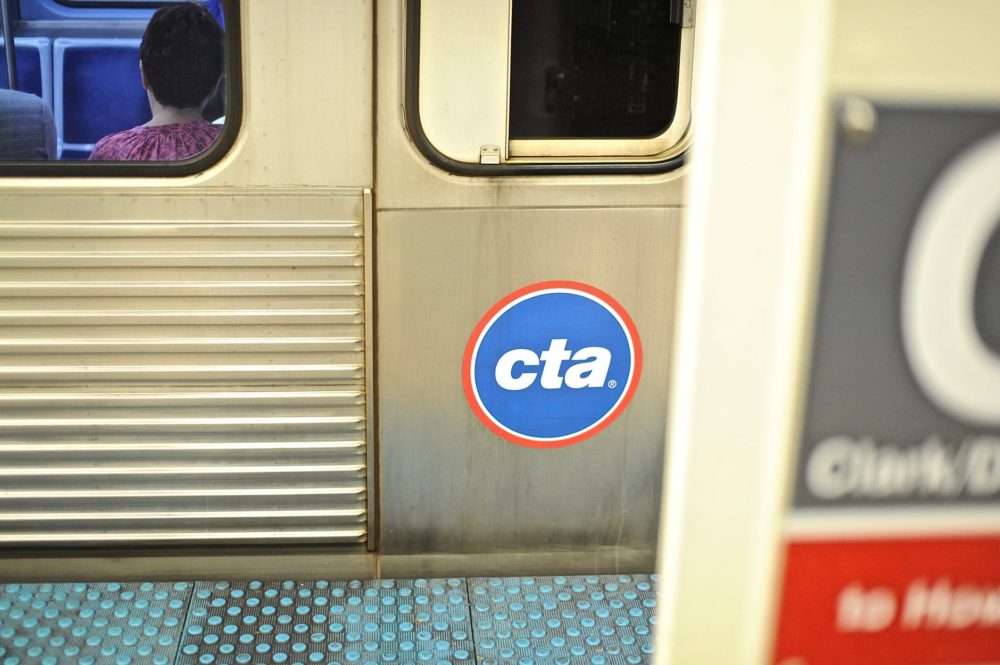On Tuesday, Mayor Brandon Johnson signed the executive order “Safe and Smoke-Free Public Transit”, a collaboration between the Chicago Transit Authority (CTA) and the Chicago Police Department’s Public Health Division, that combats smoking on trains and at platform stops. The order is meant to enhance the rider experience and curb smoking for the more than 309 million annual users of the CTA, through immediate and long-term actions. As per the order, the Chicago Police Department, DFSS, CDPH, and the Mayor’s Office will co-ordinate with the CTA to curb smoking with the aid of a comprehensive plan. The plan includes the deployment of public health responders, social service outreach teams, and even the development of specialized Transit Health Response Teams (THRTs). The purpose of these new teams will be to engage smokers, provide on the spot supportive care, and link them to long-term smoking cessation resources and care.
Public health experts noted the possible effects of the initiative. The CDC claims there is no safe threshold for secondhand smoke exposure, especially in confined spaces like train cars. Each weekday, about 68,000 students are estimated to be riding CTA buses and trains, and many of these students are asthma or other respiratory sensitive children. CDPH Commissioner Dr. Simbo Ige called the initiative “a vital step toward protecting riders and transit workers” and highlighted the chronic illness, hospitalization, and long-term respiratory illness prevention work for the entire region.
The initiative contains a direct community component as well. City departments will work with schools, block clubs, faith-based groups, and other community-based organizations to inform the community and reinforce existing no-smoking policies, and foster community ownership for smoke-free transit areas. The City’s Intergovernmental Affairs has been instructed to collaborate with state legislators on sustainable enforcement and support appropriation. Officials state that as ridership continues to recover post-pandemic, now with systemwide ridership up by 11 percent since last year, these measures are part of a wider effort for the health, safety, and comfort for everyday transit in the city.



